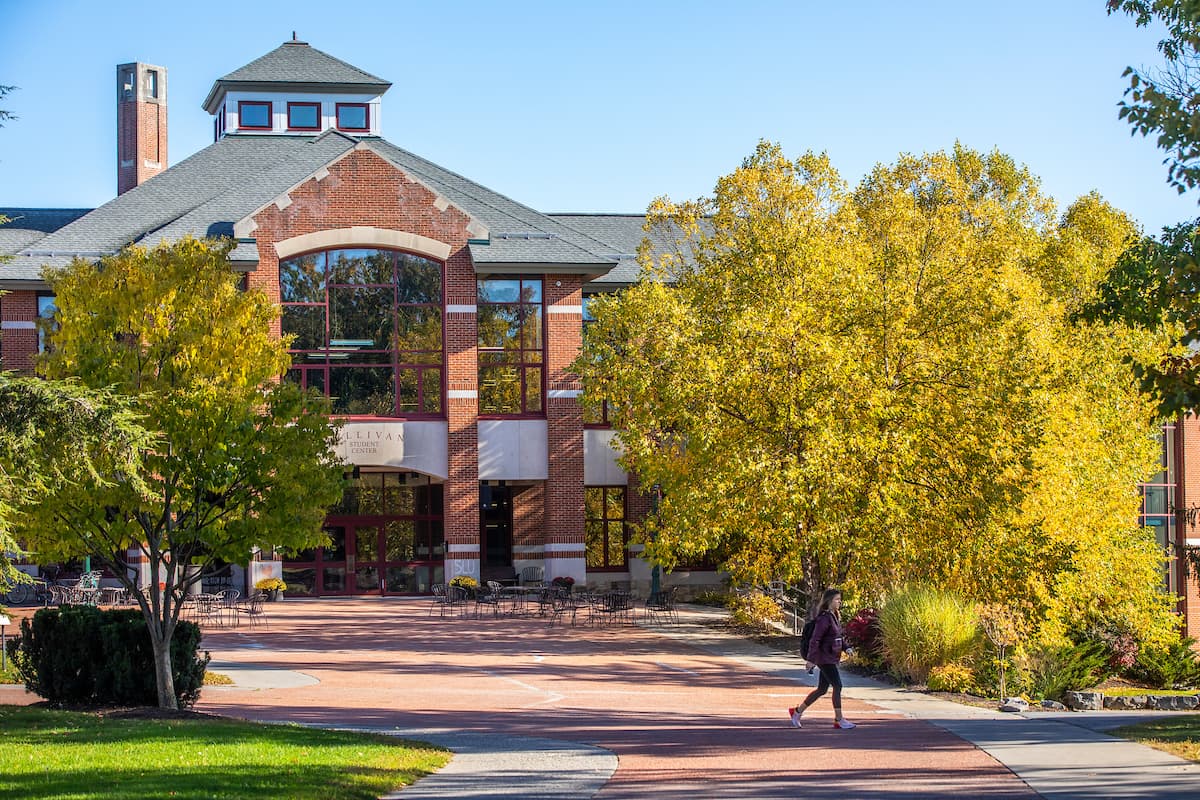As part of the Black History Month celebration, the Office of Diversity and Inclusion together with the Brush Art Gallery held an art exhibition. Like many activities, students would rather have in person, but the event was moved to zoom on account of the pandemic sweeping across the globe. Despite the above setback, the I Am 400 banner exhibition was a raging success.
The I Am 400 banner is a brainchild of the talented father and son duo, Jerome and Jeromyah Jones, to celebrate the 400 years (1619-2019) of African American legacy in the United States. The banner is a marvelous piece of black excellence that features 69 paintings depicting powerful stories about many aspects of African American life, including; enslavement, police brutality, and triumph.
In a career spanning over 40 years, Jerome Jones has specialized in portraits, landscapes, and still life paintings and according to his website: www.jeromewjonesjr.com, “He has over 100 autographed portraits in the I AM collection- of which ‘I am 400’ is part. Jerome graduated from Virginia Commonwealth University in 1980 with a Bachelor of fine arts degree. Jeromyah, like his father, is soft-spoken and knows his brushstrokes as he does his words. At first interaction, you might mistake him for a spoken word artist. Jeromyah also holds a Bachelor of Arts degree in Comprehensive Art from Hampton University.
It is no surprise that the I Am 400 banner is so powerful, it was created by a powerful dynamic and understanding between two gifted artists. As they articulately explain; “there are three i-s that go into our art 1. Inspiration from above, 2. Information from around us, and 3. Imagination from within”. This winning philosophy is embodied in the portrait Jeromyah painted to highlight the African American grieve for victims of police brutality.
The portrait depicts four grieving mothers and their children whose lives were taken by members of law enforcement. Interestingly, the children’s faces are replaced by sheep faces. “Black sheep is not always bad,” Jeromyah explains in an attempt to have the audience reflect on the harmful programming they have received from society.
“I was deeply impacted as a moderator and attendee.” Dr. Kimberly Flint-Hamilton explains, who also moderated the event, “The Joneses are such wonderful artists and presenters. I was struck by their approach to art as an instrument for liberation. The thought of our lives as our own individual works of art was really eye-opening for me. And it occurred to me that they’re exactly right – we all are works of art in various stages of formation. If we strive to see the best in one another – and in ourselves – we have the power to do tremendous good.”
Dr. Flint-Hamilton also believes that “One of the most important things we can do to foster inclusion is to ensure that the experiences, perspectives, and histories of those with underrepresented identities are presented in a positive light. BIPOC communities have been burdened for centuries in this country with negative images in the media and in our expressive culture, with assumptions of inferiority, and with outright hostility. We saw a lot of that last summer, and it’s been going on for a very long time. Events like the I AM 400 exhibit and artists’ discussion amplify BIPOC voices. They help us understand more of our history. And they show us something about our tenacity and strength, and also our beauty. It helps foster the development of a campus culture and climate in which every member can thrive and flourish.”



